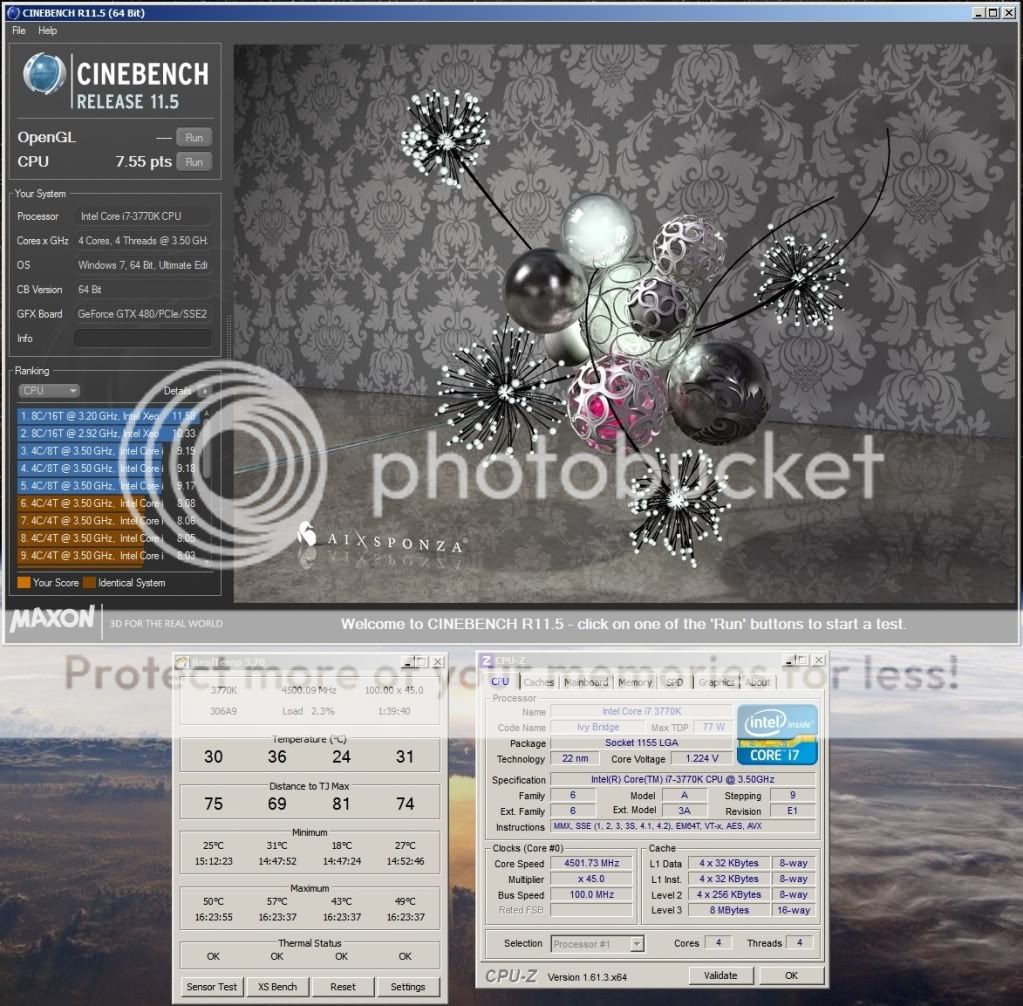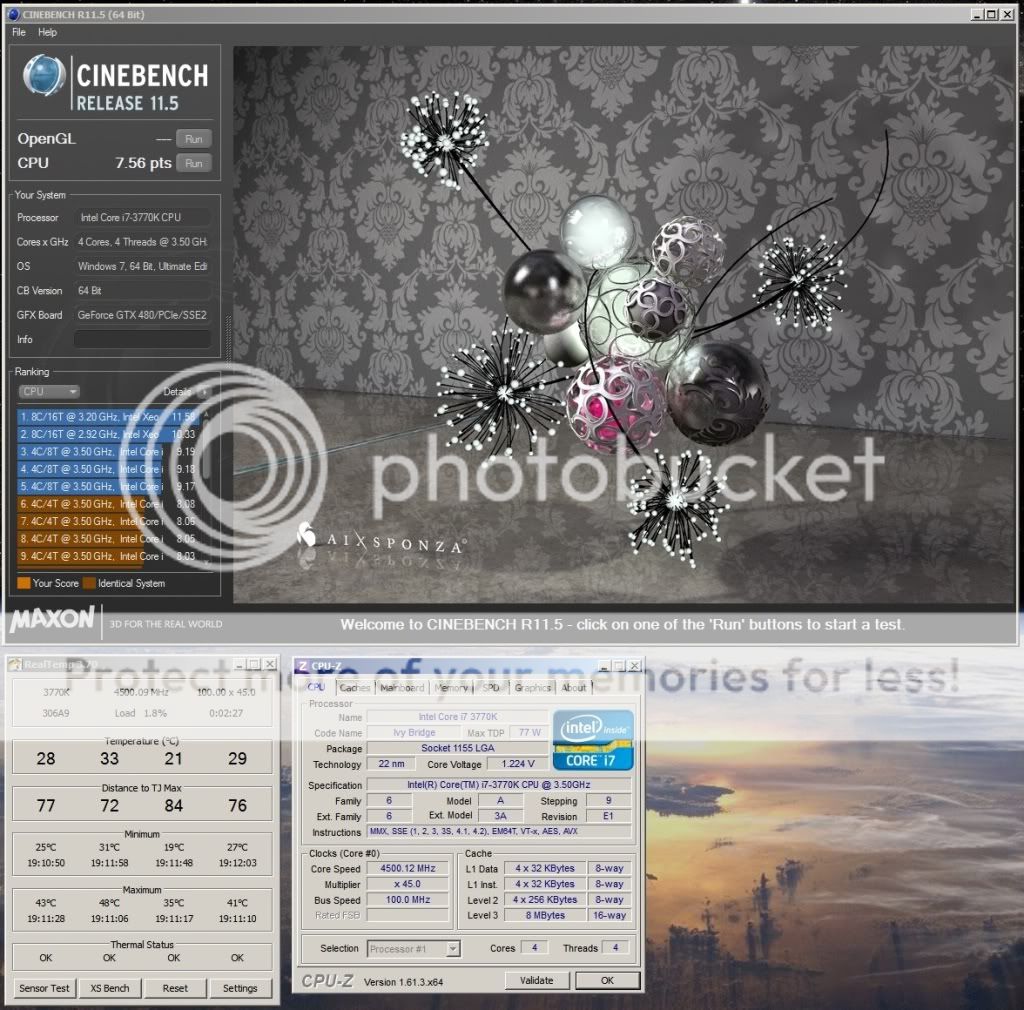Update on this: the reason I failed to upload the results as promised weeks ago is that I can't find my camera which has all the photos on it. I've made numerous efforts to find the camera but all with no success.

In the meantime I did another test using a simple sheet of paper (0.13mm thick per the digital calipers) cutout as a shim.
The paper shim lifted the IHS off the CPU such that the final stack height was 4.24mm. You'll recall from
post #77 that the original stack height was 4.21mm. So at this point the IHS is making a gap to the CPU of 0.09mm versus the original gap of 0.06mm.
Unsurprisingly the temperatures are really bad, worse than stock before delidding when the CPU had a 0.06mm gap and was using the stock TIM.
My observations after having made numerous attempts to shim the IHS off of the CPU is that the CPU temperature is wildly dependent on the gap between the CPU and IHS and it doesn't really matter what TIM I use (I tried IC Diamond as well).
Based on these multiple efforts, my anecdotal conclusion on delidding my 3770k is that the stock CPU TIM that Intel uses is probably just as good as NT-H1 or AS5 in terms of thermal conductivity. I don't believe the stock TIM is the reason Ivy's temps are so high.
I now believe the problem is entirely due to the stock gap that exists between the IHS and the CPU, for my CPU that gap was 0.06mm in stock configuration. Removing the IHS adhesive allowed me to close this gap to basically zero, and for that reason alone my temperatures dropped as dramatically as they did IMO.
I am reluctant to post this because I know it flies in the face of conventional wisdom which is that "Ivy's temps are bad because Intel went and used cheap TIM instead of good quality solder". But based on my efforts and testing to date with my CPU I no longer believe this to be true and I feel I should at least attempt to set the record straight. (but I know I'm gonna be flamed for speaking out about this because it really isn't what folks want to hear)
I am now firmly convinced the sole reason Ivy has elevated temperatures is because of the gap that exists between the CPU and the IHS, a gap that must be filled in with TIM and regardless what TIM I use to fill that gap my temps are horrible unless I take away my shims and let the IHS rest solidly directly on the die itself.
It is not the TIM that is cheap, it is that so much of it is required between the CPU and the IHS in the first place because of the gap.
The only question that remains in my mind is why did Intel leave such a large gap between the IHS and the CPU? Is it for thermal stress cycling reasons? (seems unlikely given that the same CPU's are sold without IHS's for laptops)
The only reason I care to know why Intel left such a large gap under the IHS on the desktop chips is because I don't want to unwittingly destroy my IB from thermal cycling if that is the concern. We'll probably never know the answer.







